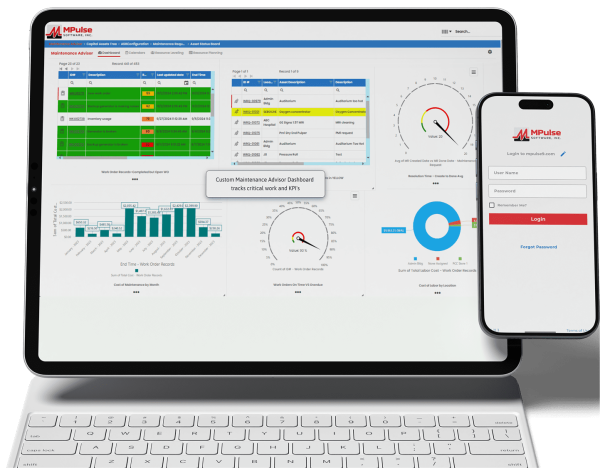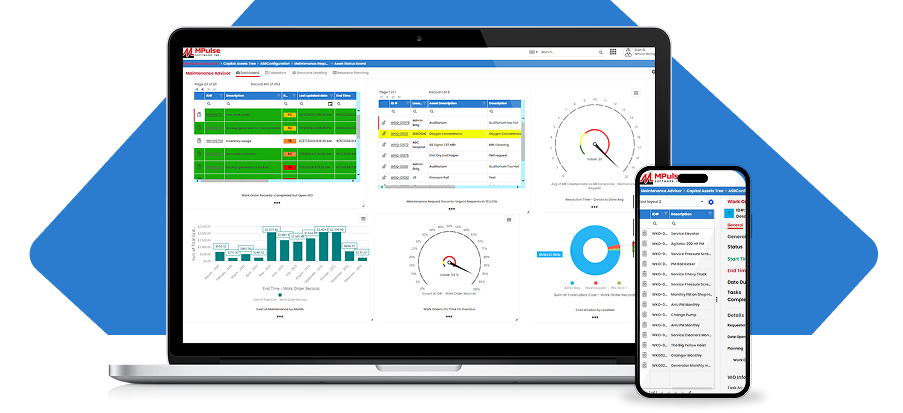Implementing a CMMS makes it easier for your team to schedule maintenance, track work orders, and manage assets. But how do you set one up?
Table of Contents
Step-by-Step Guide to Implementing a CMMS
Here’s a simple step-by-step guide to help you implement a CMMS successfully.
Step 1: Identify the Your Stakeholders’ Needs
Before choosing a CMMS, you need to understand your organization’s needs. Start by gathering input from key stakeholders, including:
- Maintenance Team: They will use the system daily to schedule and complete tasks.
- IT Department: They will help with software installation and security.
- Operations Managers: They need reports and insights to improve efficiency.
- Finance Team: They will track costs and budget for maintenance expenses.
Step 2: Find the Right CMMS
Once you have input from these groups, you can start looking for the right CMMS. Consider these factors:
- Ease of Use: The software should be simple and intuitive for your team.
- Features: Look for work order management, asset tracking, inventory control, and reporting tools.
- Integration: It should work with your existing systems, such as accounting or ERP software.
- Mobile Access: A mobile-friendly CMMS allows technicians to update work orders in real time.
- Scalability: Choose a system that can grow with your organization.
Research different CMMS providers, read reviews, and request demos before making a final decision.
Step 3: Gather Your Data
Before you start implementing a CMMS, you’ll need to collect important information, such as:
- A list of all equipment and assets (including model numbers, locations, and purchase dates)
- Maintenance history and schedules for each asset
- Spare parts inventory and suppliers
- Current work order processes and common maintenance issues.
Having this data ready will make the setup process smoother.
Step 4: Train Your Team
Even the best software won’t work if no one knows how to use it! Make sure to:
- Provide training sessions for employees
- Create step-by-step guides or videos for future reference
- Assign a team member to help with questions and troubleshooting.
Getting feedback from employees during training will also help improve the system before full implementation.
Step 5: Start with a Small Test
Instead of launching the CMMS for the entire organization all at once, test it in one department first. This helps you:
- Identify any technical issues or gaps in training.
- Get feedback from employees using the system.
- Make adjustments before rolling it out across the organization.
Step 6: Fully Launch and Monitor Progress
Once everything is working well in the test phase, expand the CMMS to the whole organization. Keep an eye on how it’s being used and monitor key performance indicators (KPIs), such as:
- Reduced equipment downtime
- Faster work order completion times
- Lower maintenance costs
- Improved asset lifespan.
Encourage employees to share feedback, and make updates as needed to improve efficiency.
Make Implementing a CMMS Easy
If this process still feels overwhelming, consider investing in a CMMS Implementation Program. For example, the MPulse Assured Implementation Program (AIP) is a software implementation program designed to take you from software purchase through successful implementation, without missing any critical steps along the way. AIP gets you through planning, data migration, installation, training, and “go-live” day. Then we provide tailored recommendations and follow-up so you can measure your progress against goals.
Managing equipment, repairs, and maintenance can be challenging, particularly in a fast-paced organization. Implementing a CMMS may seem like a big task, but by following these steps, you can make the process easier. With a well-managed CMMS, your organization will save time, reduce costs, and keep operations running smoothly.
Get started today. Contact us.






